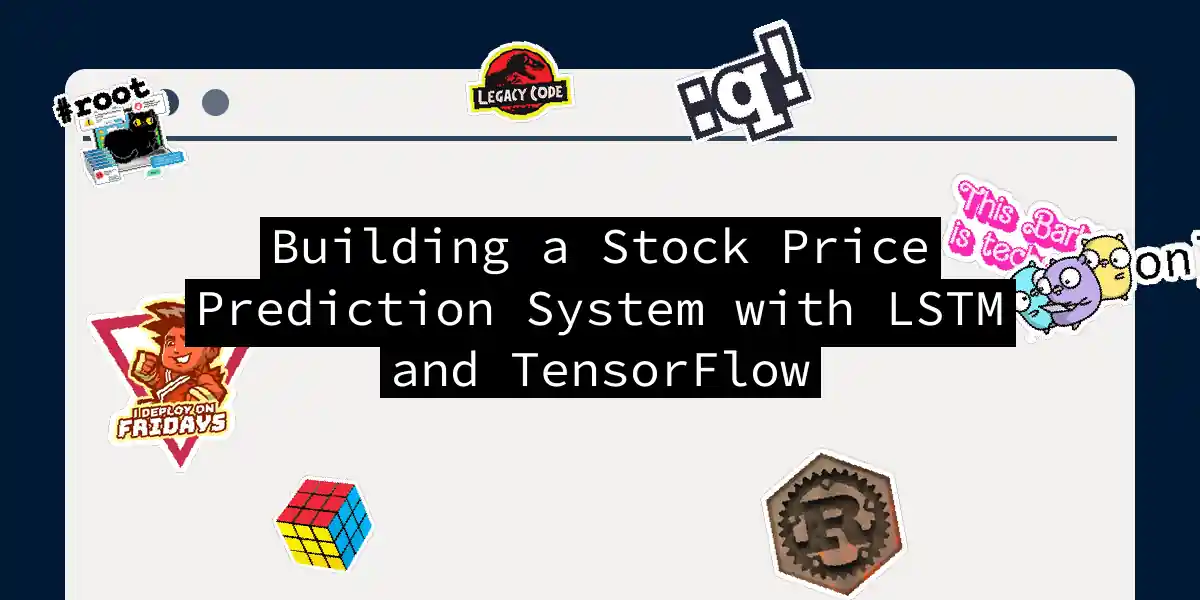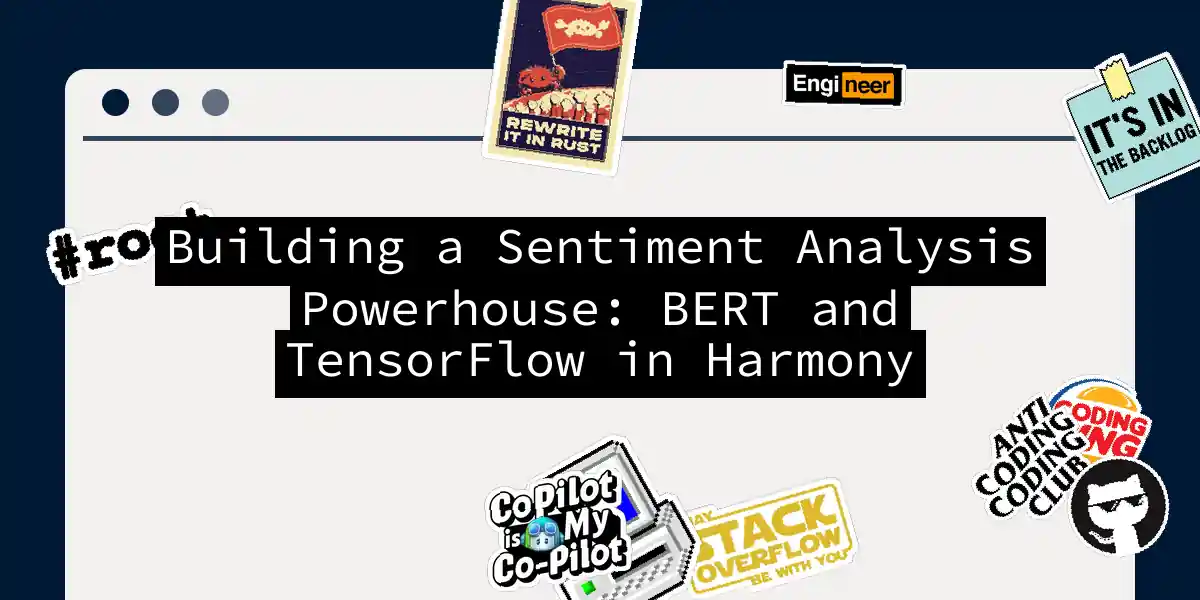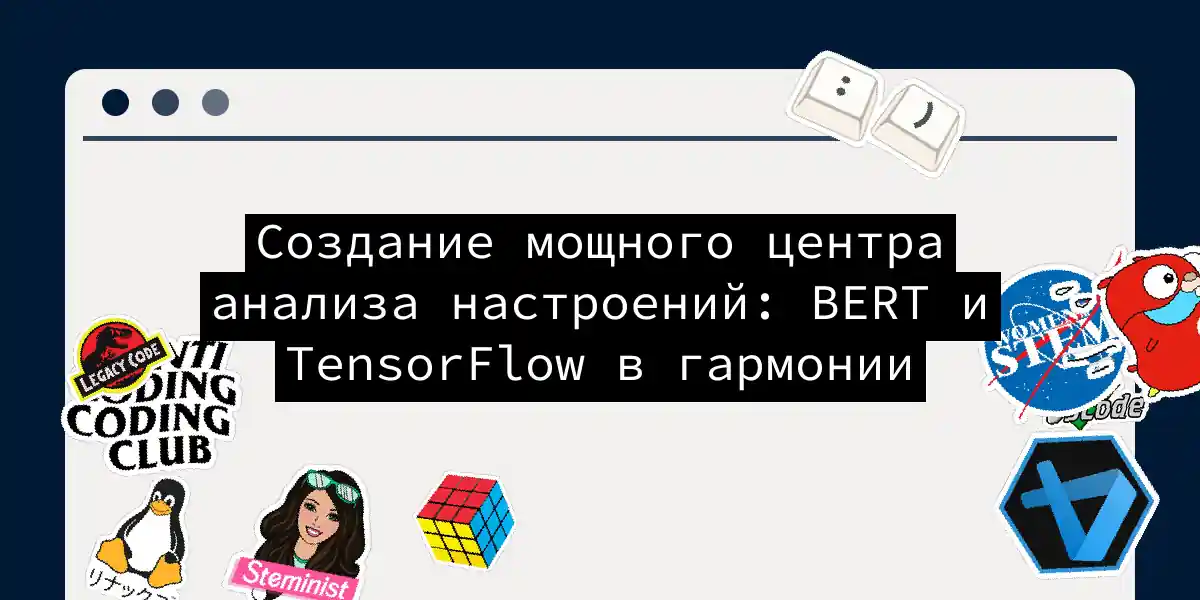
Building a Stock Price Prediction System with LSTM and TensorFlow
Ever wondered if you could predict the stock market and become the next Wolf of Wall Street? Well, grab your coffee and buckle up because we’re about to dive into the fascinating world of stock price prediction using LSTM networks and TensorFlow. Spoiler alert: we won’t be making you rich overnight, but we’ll definitely make you smarter! Stock market prediction has been the holy grail of financial analysis for decades. While we can’t guarantee you’ll beat Warren Buffett at his own game, we can teach you how to build a sophisticated neural network that learns from historical patterns and attempts to forecast future prices....


